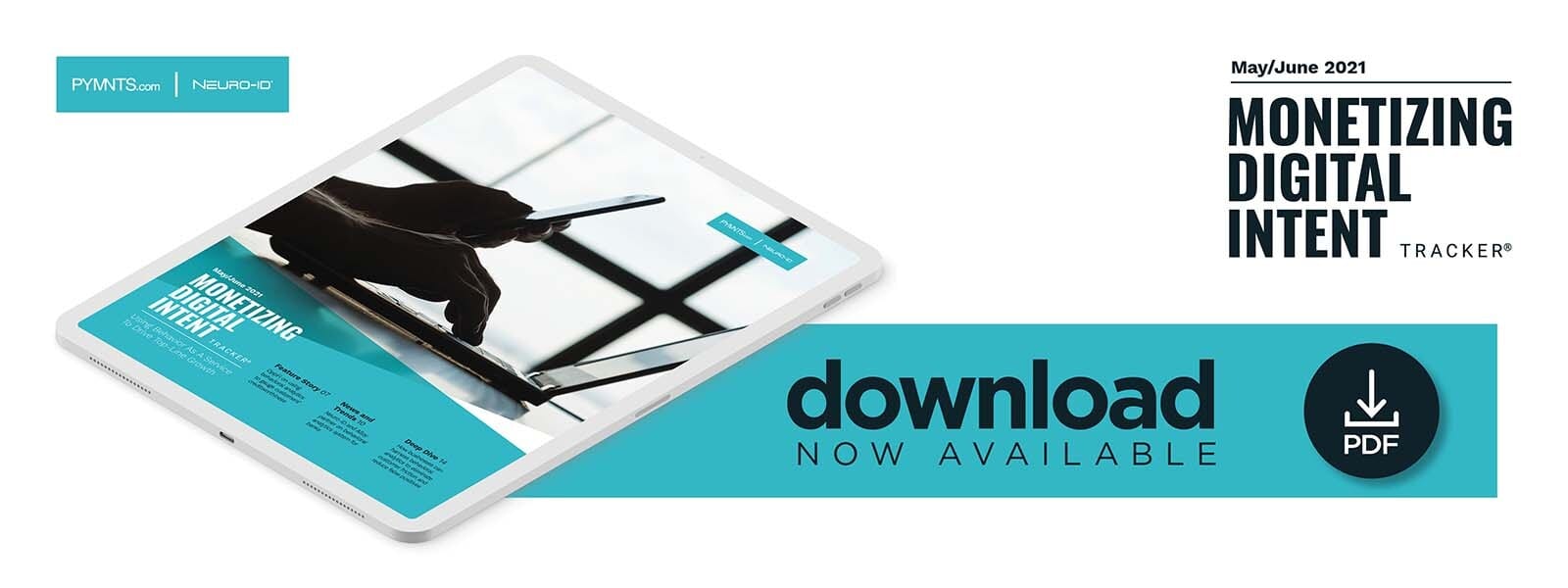Deep Dive: How Behavioral Analytics Reduces Customer Friction And False Positives In Fraud Detection

Fraud prevention is a constant battle for banks, retailers and other businesses. Bad actors are ceaselessly unleashing new schemes that legacy prevention systems struggle to spot, let alone prevent, and this forces many companies to invest in frequent technology upgrades or risk being easy prey for fraudsters. A recent study found that every dollar of fraud now costs U.S. retailers a total of $2.94 in lost merchandise and other expenses — many stemming from new technological systems merchants must implement to prevent being targeted again.
Another large cost arises from the customer frictions that often accompany fraud-fighting programs. Many security measures revolve around proving that customers are who they say they are and not bad actors in disguise, and each additional security layer increases the burden on legitimate customers who are simply looking to do business as smoothly as possible. Surveys have found that up to half of all customers have abandoned online purchases due to authentication difficulties, and the costs of mistakenly identifying honest users as fraudsters could be even more devastating.
The following Deep Dive explores how authentication obstacles and false positives in fraud prevention can harm the customer journey as well as how behavioral analytics can help companies bolster fraud prevention efforts and offer seamless user experiences.
Why False Positives Harm Customer Journeys
Trying to combine both ironclad security measures and smooth customer experiences may seem like a fool’s errand, especially as each extra step taken to authenticate customers’ identities adds yet another hoop through which consumers must jump to prove their legitimacy. Password-username combinations are some of the most common authentication methods, but these tools have proven to be difficult for customers to remember in addition to posing well-known security risks. Studies have shown that 51 percent of consumers have trouble recalling the passwords they use at work and at home and 60 percent are unable to memorize them all, resorting instead to writing them down or recycling them — both of which can compromise security.
Some companies are deploying static rules-based systems to reduce reliance on passwords and examine customer activity for fraud behind the scenes, but these systems have a nasty habit of mistakenly identifying legitimate customers as fraudsters. Sixty percent of companies in one study reported accidentally blocking customers who have managed to run afoul of their fraud prevention measures, and the costs of these errors can quickly spiral into ruin. Fifty-nine percent of millennial consumers in another report said they would abandon a financial institution (FI) due to a false positive credit card decline, for example, and 33 percent of consumers, in general, said they would switch businesses after a single negative experience. The value of false declines could hit $443 billion worldwide this year, and this does not account for the opportunities lost due to customer abandonment.
The risks of friction and false positives have driven businesses to look for more reliable and seamless authentication solutions. Many are finding that behavioral analytics could be the key to bridging this divide.
How Behavioral Analytics Eases Frictions In Fraud Detection
Behavioral analytics can provide a more seamless authentication experience than passwords while simultaneously reducing the false positives of static, rules-based systems. It does this through the use of artificial intelligence (AI) that examines user data entry. Typing speed is one variable that analytics systems examine. The instant entry of a username or password is likely to be the result of a bot rapidly pasting information into fields, for example, while slow data entry could signal the work of a fraudster entering an unfamiliar name.
Certain data entry patterns can also be telltale signs of fraud. Users typically enter their own names quickly and with few mistakes while fraudsters may take several attempts to spell these details correctly. These analyses are performed seamlessly behind the scenes, saving users the hassle of remembering and typing passwords every time they wish to log in to an existing account or create a new one.
Behavioral analytics has also been shown to reduce false-positive rates in fraud prevention. One digital bank that deployed a behavior-based system was able to improve its fraud detection rates by 70 percent without mistakenly identifying legitimate customers as fraudsters, for example, and a payment card company was able to eliminate approximately $1 million in mistakenly declined transactions. The savings in thwarted instances of true fraud have also been notable, with one bank in Asia deploying a behavioral analytics system that identified fraudulent account openings worth more than $500,000.
Businesses of all types must understand the hidden costs of digital fraud and fraud prevention, especially the potential for lost business due to customer friction or false positives. Behavioral analytics solutions have demonstrated their ability to bridge the gap between security and convenience, and the financial results speak for themselves.
